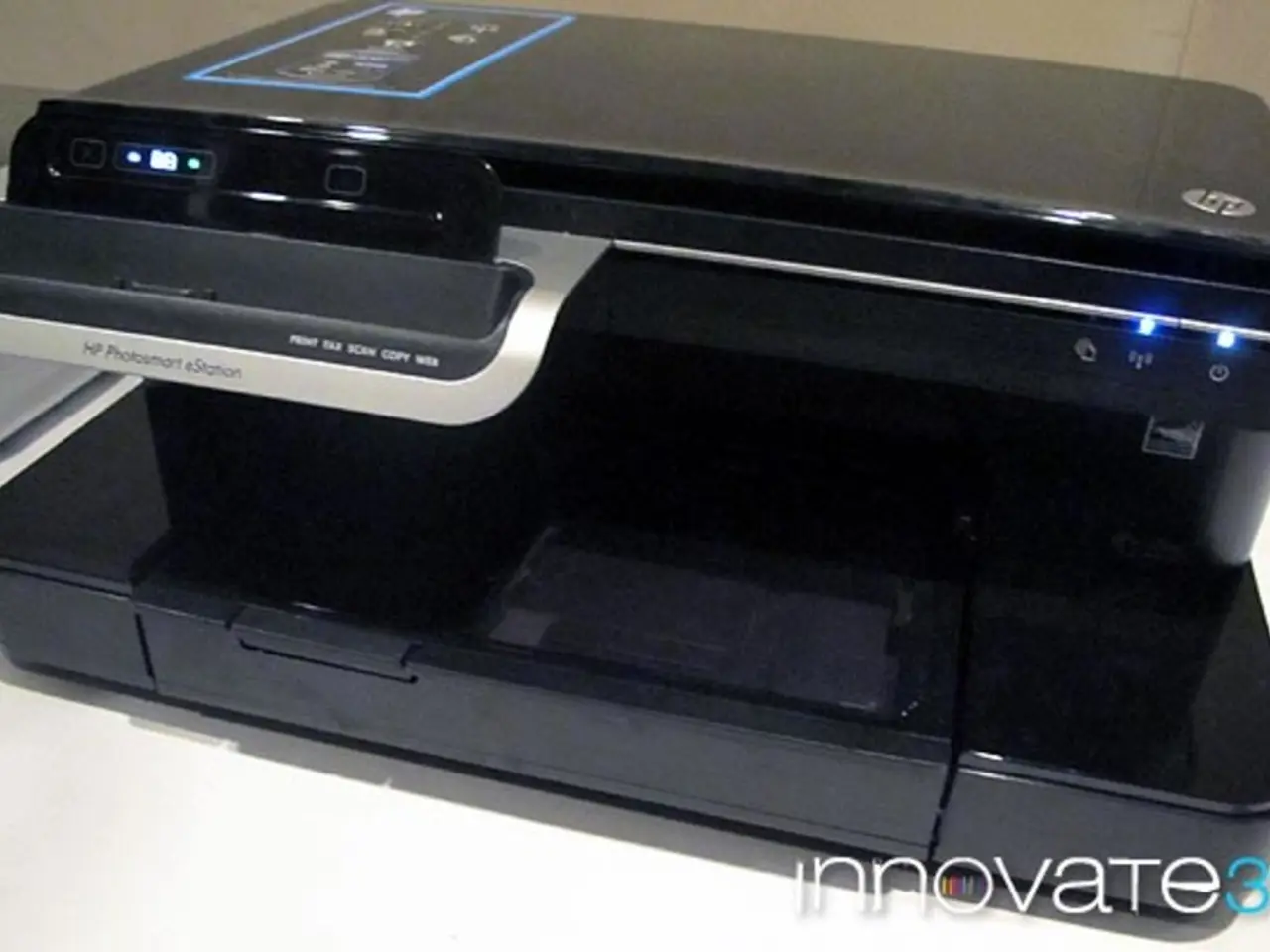Understanding Web-Based Print Software: An In-Depth Guide
Streamlining Print Production: The Rise of Web-to-Print and Print on Demand
In today's fast-paced business world, the need for efficient and personalised printing solutions has never been greater. Two technologies that are revolutionising the industry are Web-to-Print (W2P) and Print on Demand (POD).
Web-to-Print (W2P): Empowering Businesses
W2P is a self-service platform designed for creating, customising, and ordering print materials. It caters to decentralised marketing and sales teams, partners, or branches who need on-demand access to brand-compliant, customisable print collateral.
W2P supports enterprises by enabling internal teams or external partners to generate up-to-date printed materials via web portals, ensuring brand consistency. It offers real-time previews, allowing customers to see exactly how their customised products will appear before finalising their orders. W2P software simplifies the traditional printing process, offering an online platform for designing and ordering custom print products.
W2P also includes order management features, streamlining the process of handling large orders. By providing an optimal user experience, W2P can enhance conversion rates and boost sales. A robust W2P platform can integrate seamlessly with other enterprise systems like CRM, ERP, and MIS, ensuring a streamlined workflow.
Print on Demand (POD): The Future of eCommerce
POD, on the other hand, is a business model focused on producing single or small quantities of custom products only after an order is placed, without inventory. It is highly popular in eCommerce and entrepreneurship due to its low upfront cost, lack of inventory risk, and ability to offer personalised products.
The POD model typically involves automating the entire workflow—from order receipt, file preparation, printing, packaging, to shipping—handled mostly by the POD service provider. This allows sellers to focus on design and marketing without needing production equipment or warehousing.
POD is ideal for small businesses or individual sellers who want to avoid holding inventory. It offers customisable templates for products like business cards, brochures, and apparel. By embracing W2P technology like Printbox's solutions, businesses can enhance operational efficiency and stay competitive in a rapidly evolving market.
In conclusion, W2P software is primarily a template-driven, brand-controlled print ordering process aimed at business users requiring consistent marketing collateral, while POD is an on-demand fulfillment model emphasising product personalisation, low inventory risk, and automated end-to-end order processing for eCommerce entrepreneurs or creatives. The adoption of these technologies leads to cost reduction and time efficiency, making them invaluable tools for businesses in the modern era.
[1] Printbox. (n.d.). Web-to-Print Solutions. Retrieved from https://www.printbox.com/web-to-print-solutions/ [2] What is Web-to-Print (W2P)? (n.d.). Retrieved from https://www.printing.org/learn/definitions/web-to-print-w2p [3] What is Print on Demand? (n.d.). Retrieved from https://www.printful.com/blog/what-is-print-on-demand [4] Print on Demand vs. Web-to-Print: What's the Difference? (n.d.). Retrieved from https://www.printful.com/blog/print-on-demand-vs-web-to-print-difference
AI is increasingly being integrated into Web-to-Print (W2P) platforms for better automation and streamlining of the print ordering process. For example, Printbox's solutions use AI technology to help businesses quickly generate custom designs and manage their print orders more efficiently.
Marketing teams are leveraging W2P templates to create personalized and consistent branded materials, which can be easily customized and ordered online. This not only saves time and resources but also ensures brand consistency across all materials.
Technology advancements in W2P and Print on Demand (POD) are reshaping the print industry, enabling businesses to produce high-quality printed materials and custom products on demand with minimal upfront costs and risk. This allows businesses to focus more on design and marketing while using technology to automate the production and delivery process.




